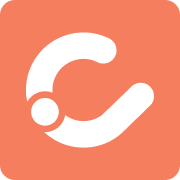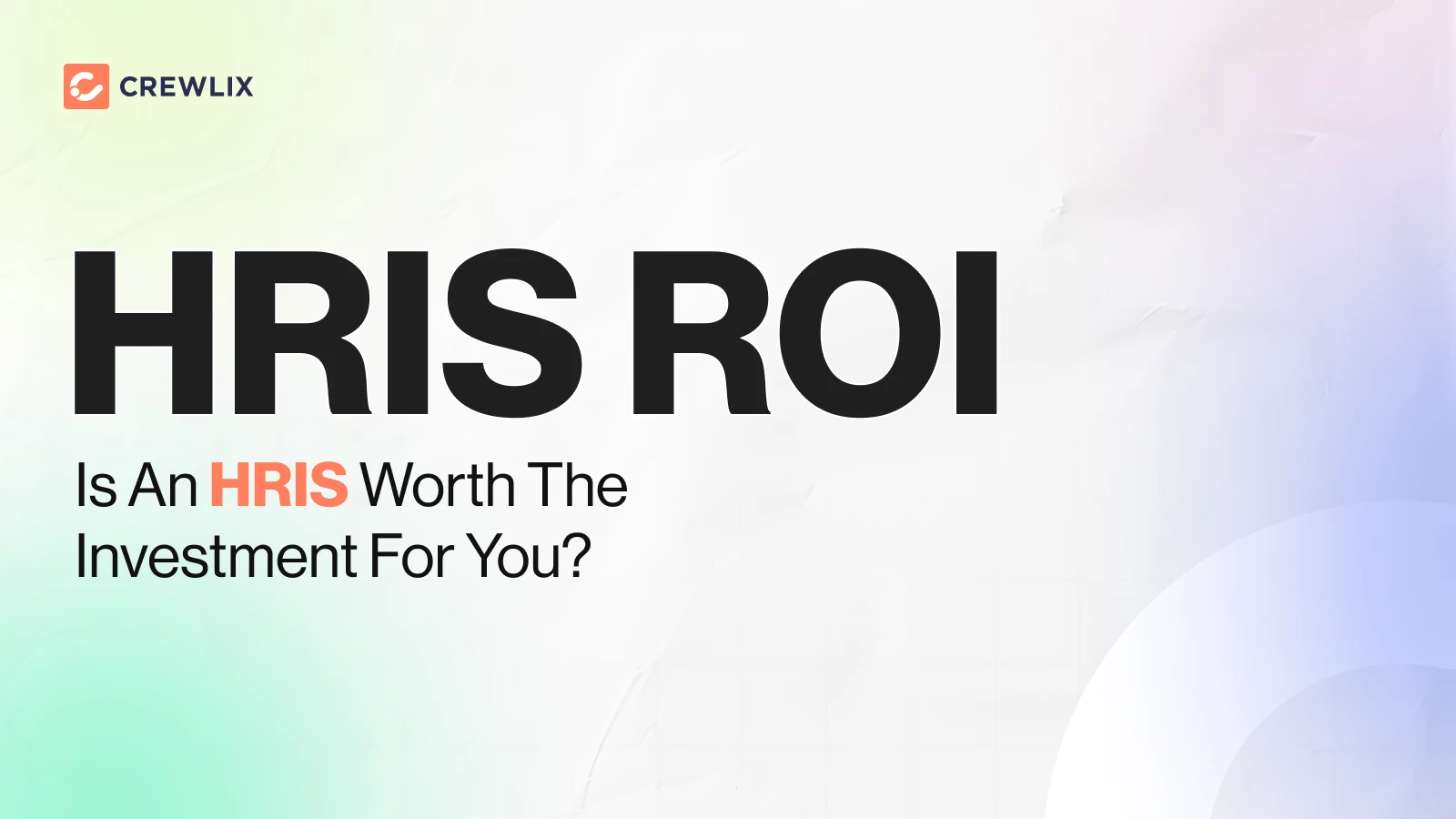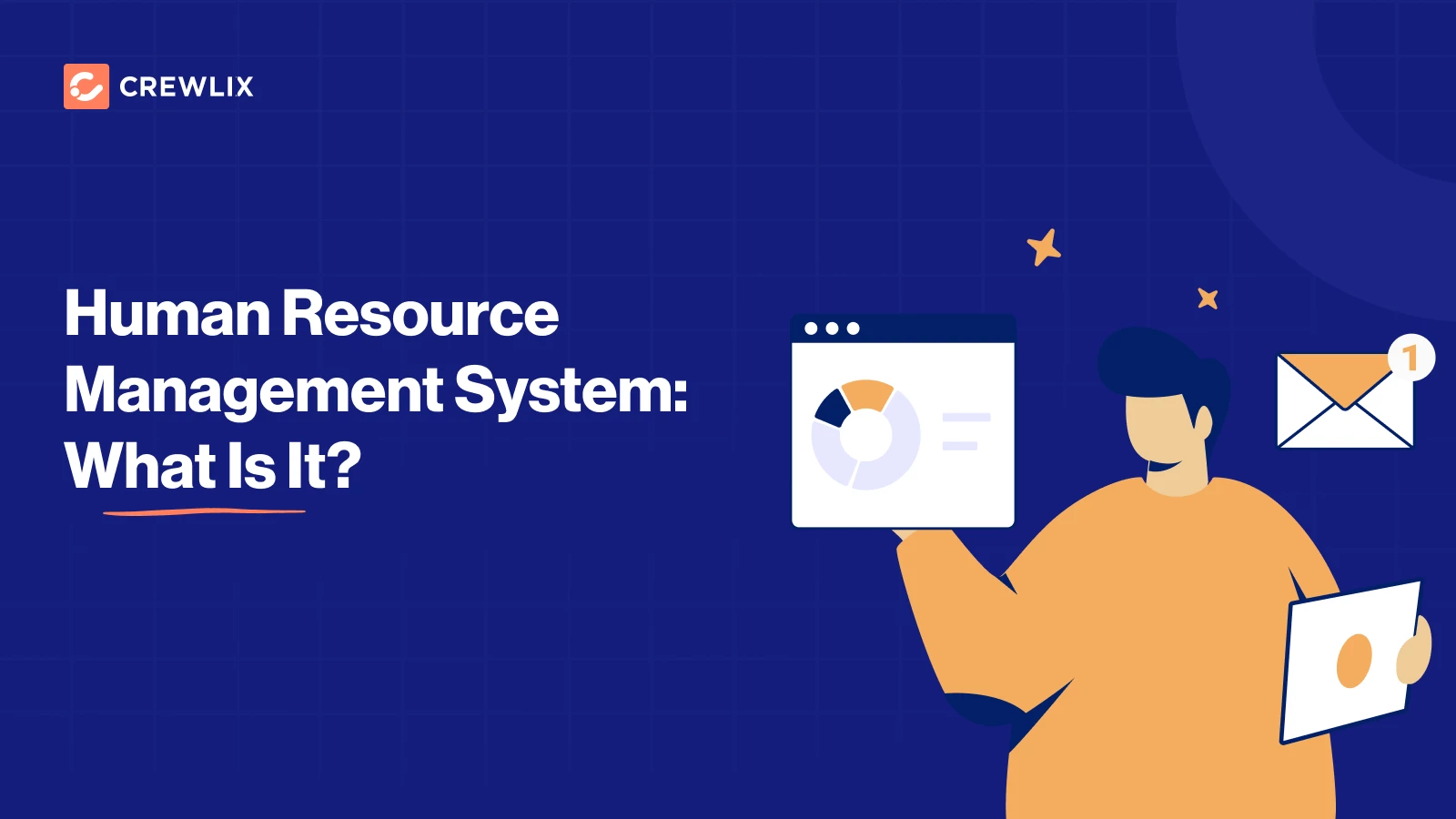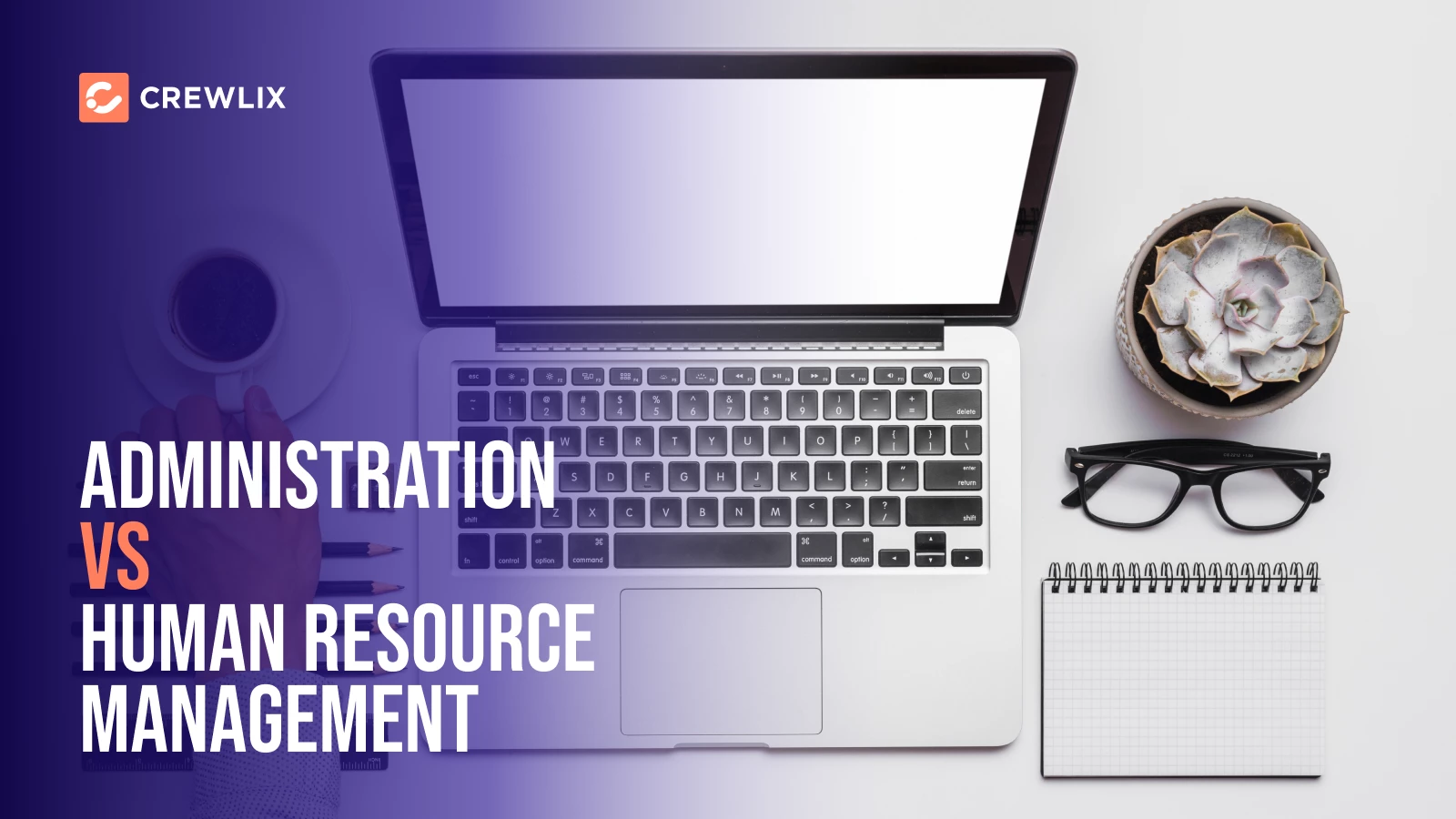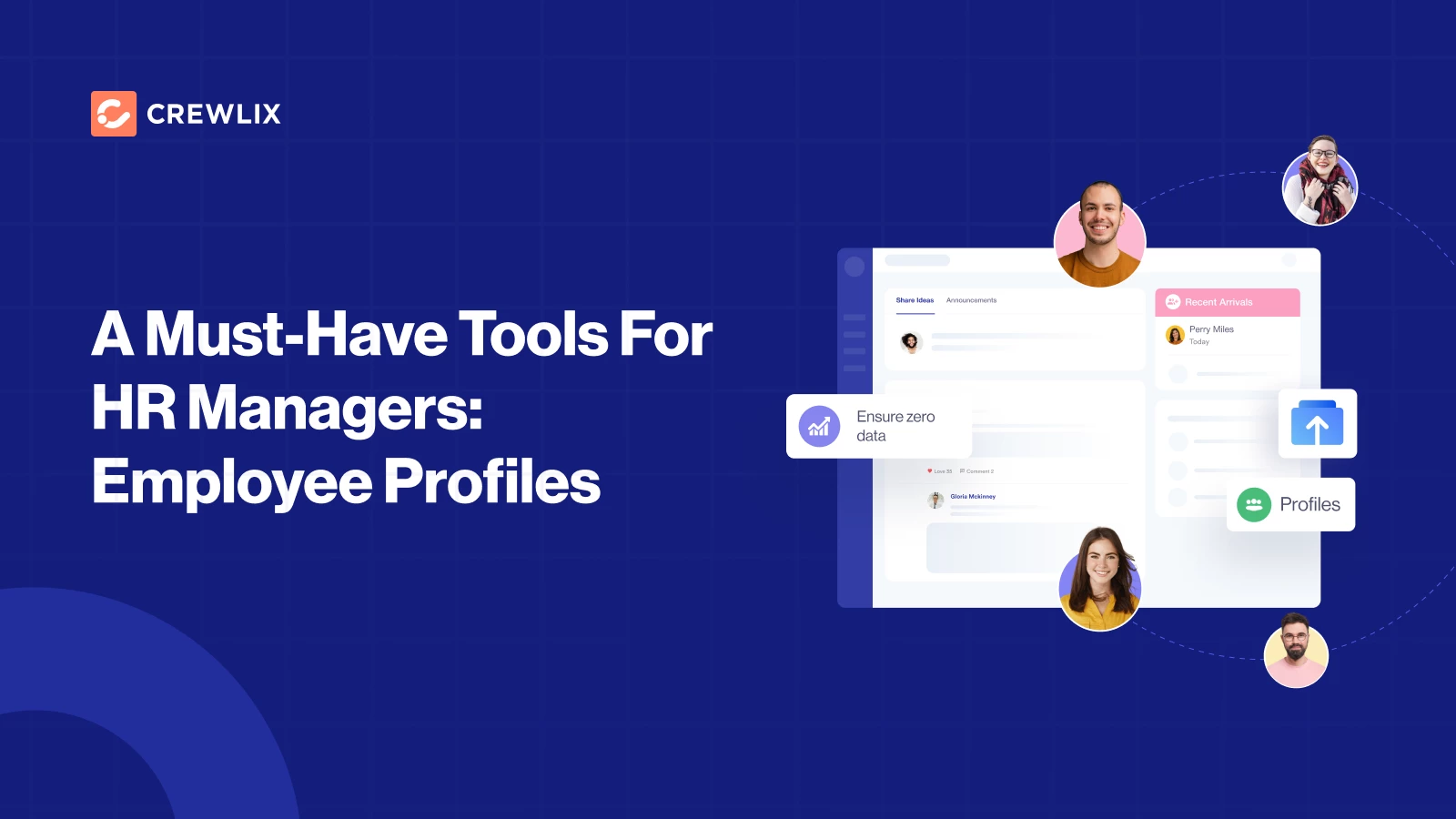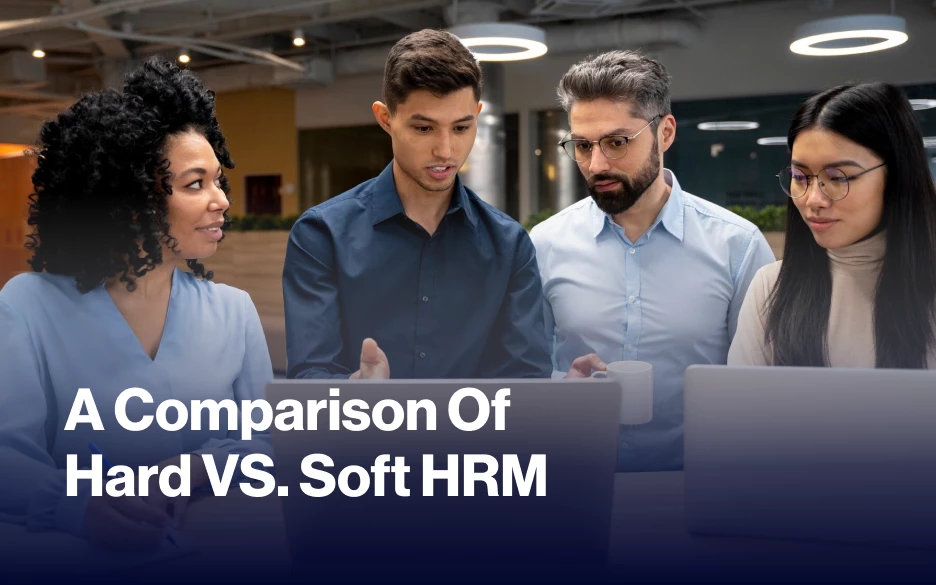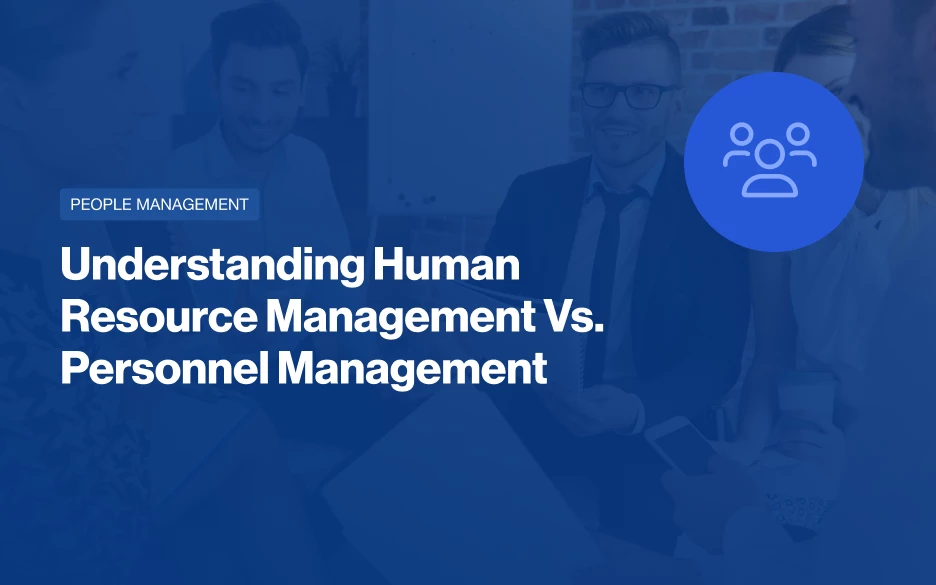How do I choose the best HR software? This question echoes across HR departments worldwide, a universal cry for help against the overwhelming tide of software options. But why is it important to go through the process of choosing the ideal HR software?
It’s because the market for HR software is expected to have grown significantly and steadily to a value of $35 billion by 2028. This implies that in a few years, your company could become worth billions of dollars if it had the best HR software.
Not only that, but HR can streamline their workloads with the aid of HR software. This article will teach you how to evaluate business needs and identify pain points to establish your criteria for choosing HR software.
Learn More: 3 Types Of HR Systems
How Do I Choose The Best HR Software?
Here’s a step-by-step guide to choosing the best HR software for your business-
Step 1: Types of HR software
First, you need to recognize the types of HR software you need for your business. There are several HR software programs available that serve different purposes for your business.
For instance, applicant tracking systems (ATS) and other recruitment software assist businesses in managing the hiring process, from finding candidates to onboarding them.
On the other side, organizations can plan and carry out employee performance reviews with the aid of performance management HR software.
If you want to facilitate employee training and development, choose learning and development HR software.
Step 2: Understand Your Needs
- Identify pain points
Before knowing how to choose the best HR software for your business, pinpoint the challenges your HR department faces. The points include time-consuming tasks, inefficient processes, or difficulty managing employee data.
- Define goals
Clearly outline what you aim to achieve with new HR software, whether it’s improved efficiency, increased employee engagement, or streamlined compliance.
- Analyze workflows
Map out existing HR processes to identify areas for improvement.
Step 3: Set Your Criteria
- Prioritize features
Focus on features directly addressing identified needs and goals, avoiding unnecessary functionalities.
- Consider budget
Research pricing models, comparing options to find the best value within your financial constraints.
- Evaluate user experience
Opt for user-friendly and intuitive software for both HR staff and employees.
Step 4: Research and Compare
- Shortlist vendors
Identify potential vendors based on your criteria, narrowing down the options.
- Request demos and trials
Gain firsthand experience to understand how the software works in practical scenarios.
- Gather feedback
Seek input from colleagues and HR professionals who have experience with different software options. Look for HR software reviews online and in real life for better surety.
Step 5: Make Your Choice
- Review evaluations
Compare shortlisted vendors against your criteria and prioritize the one that best meets your needs.
- Negotiate the contract
Understand the terms and conditions carefully before signing.
- Develop an implementation plan
Plan for training, data migration, and ongoing support to ensure a smooth transition.
What Should I Look for in an HR System?
Here are some HR system requirements checklists:
- Core Functionality
Your HR system should include basic HR functions such as employee data management, leave management, attendance tracking, and performance evaluations.
- Reliability
Choose a system that can seamlessly scale alongside your organization’s growth. As your company grows, this guarantees that the HR system will continue to be applicable and efficient.
- Compliance and Security
Prioritize a system that adheres to HR regulations and prioritizes data security. Safeguarding confidential employee data and adhering to industry norms require this.
- Employee Self-Service Features
Look for systems that offer employee self-service functionalities. The software should empower employees to handle routine tasks, such as leave requests and benefits enrollment, independently.
- Performance Management Tools
Include features that support performance management, such as goal setting, performance reviews, and tools for tracking employee development. It should ensure a comprehensive approach to talent management.
- Mobile Accessibility
Ensure the HR system is accessible on mobile devices. With a modern, on-the-go workforce, mobile accessibility is crucial for seamless interaction and functionality.
- Customization Options
Choose a system that allows customization to align with your organization’s unique HR processes and workflows. A tailored solution ensures that the system meets your specific needs.
Conclusion
Similar to you, these major corporations, like Google, Netflix, and Zapier’s HR, used to wonder how to choose the best HR software. With the right roadmap, they have established their brand and become a multi-billion fortune.
A well-designed HR software improves HR efficiency, boosts employee satisfaction, and contributes to the overall success of the organization. Also, HR alone can not handle the workload without the help of the right HR software.
In the end, choosing the right HR software is an investment, but it pays off in many ways. Hence, I have listed all the important factors in this article to facilitate you in the decision-making process of choosing the best HR software.

